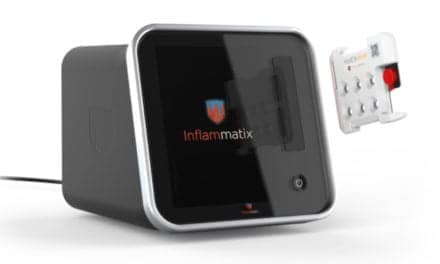This is a companion article to the feature, “HEOR for Diagnostics.”
To help make value determinations, health plans may consider health economics and outcomes research (HEOR) that examines the demonstrated or theoretical impact of a service on the increased life years and cost-effectiveness resulting from the use of a specific intervention. The key metrics used to quantify and compare the results of HEOR studies are quality-adjusted life years (QALYs), which measure the benefit of the service, and incremental cost-effectiveness ratios (ICERs), which assess the incremental cost of that benefit.
One could simply estimate the number of life years a treatment strategy adds to a person’s life. But a QALY assumes that not all years of added life should be treated equally. Thus, if a patient gains an additional year of life that they live in complete health, that year would be counted as a full quality-adjusted year of added life. However, if someone lives an additional year but is in a coma, that year would be counted as much less than a full quality-adjusted life year.
Because healthcare resources are by nature limited, some consideration must be given as to whether interventions are reasonable from a cost perspective. To better understand this, some payors use ICERs, a measure of how much a new treatment strategy costs per QALY gained, compared with usual care.
Whether the payor (or patient) is willing to pay for these additional QALYs depends on the willingness to pay threshold, which can differ from patient to patient, payor to payor, and society to society. In the United States, a typical willingness-to-pay threshold is about $100,000 for each QALY gained. To account for societal differences, the World Health Organization has suggested that the willingness to pay threshold be based on GDP.1
Reference
- Marseille E, Larson B, Kazi DS, Kahn JG, Rosen S. Thresholds for the cost-effectiveness of interventions: alternative approaches. Bull World Health Organ. 2015;93:118–124; doi: 10.2471/blt.14.138206.




